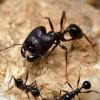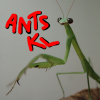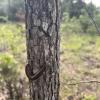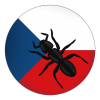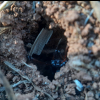Well, sorry again i get very angry when I get mad.
Could be worse. You could've turned into a big green monster.
Anyways, the one problem with this forum is the drama, but c'est la vie. Instead of blaming this on eachother, I say blame it of the USDA who made it so only some are allowed and not so only highly invasives aren't. Sometimes when you get angry it's best to step away and reflect, it's human nature to do stupid stuff when we're angry (exhibit a, wars). A dumb conversation on the social acceptability of illegal ants is not something to swear and get censored about, and more on you're 10 or something wait a year or two (note to parents, I'm not encouraging your child to swear).
And I am exited to make a journal about them because buffalo, New York is 7-8 hours away from me.
Also sorry, but it bothered me the moment I clicked this, I think you mean excited, not exited.

